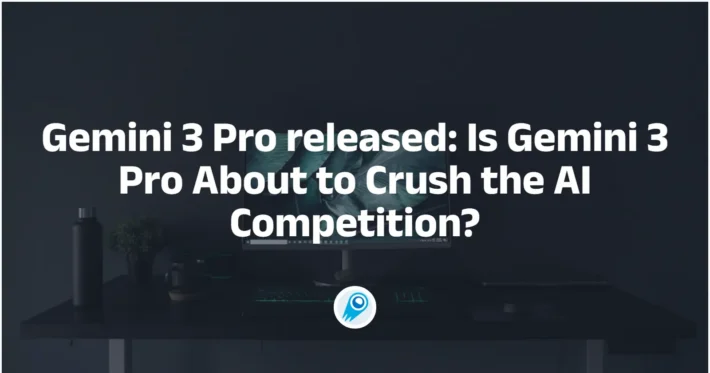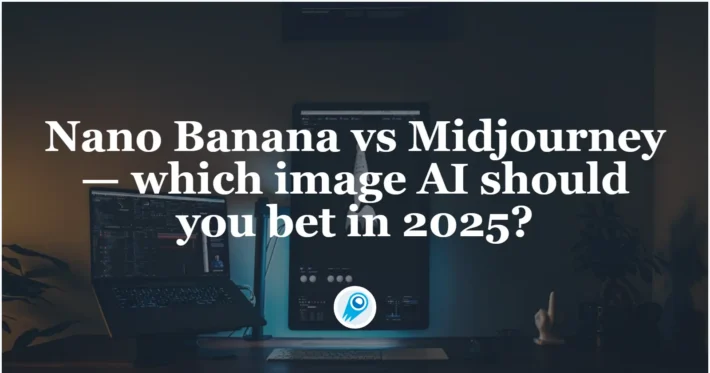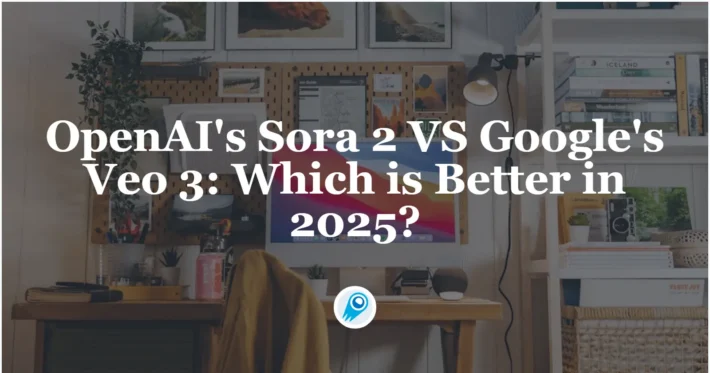Veo 3 vs Midjourney V1: What is the differences and how to Choose
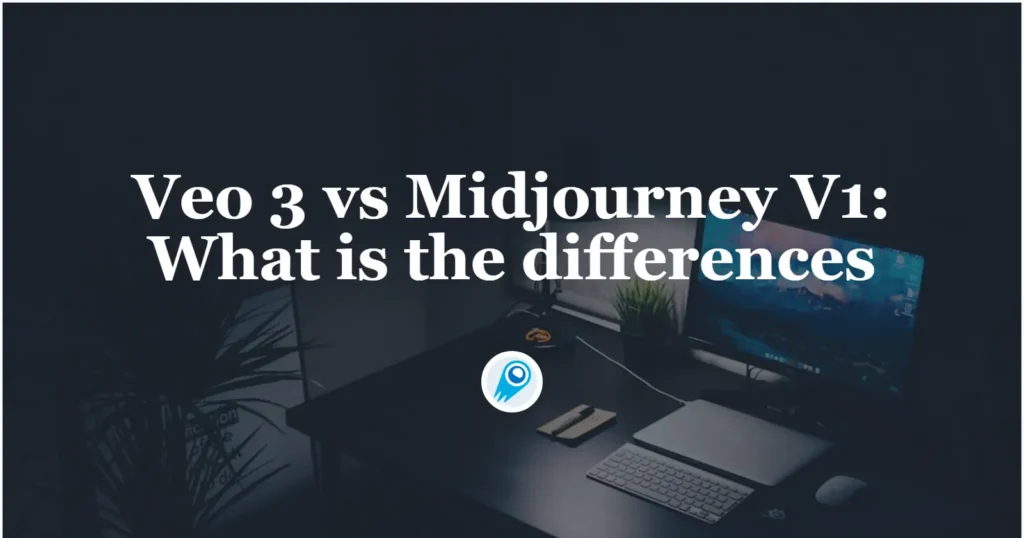
Artificial intelligence is transforming video production, and two of the most talked-about entrants in this space are Google’s Veo 3 and Midjourney’s Video Model V1. Both promise to turn simple prompts or still images into engaging motion clips, but they take fundamentally different approaches. In this article, we’ll explore their capabilities, workflows, pricing, and suitability for various use cases, helping creative professionals and hobbyists alike determine which tool best meets their needs.
What is Veo 3 and how does it work?
- Developed by Google DeepMind, the original Veo surfaced at Google I/O 2024 as a text‑to‑video model capable of minute‑long footage.
- Veo 2 (Dec 2024) introduced 4K resolution and stronger physics modeling, then integrated into Gemini and VideoFX .
- Veo 3, released May 20, 2025, marks a major milestone: synchronized sound generation—voice, ambient audio, effects—to mirror visuals .
- Offering up to 8 seconds of video clips, common for branded social/marketing formats, it targets filmmakers, advertisers, and enterprise use.
Under the hood, Veo 3 leverages Google’s advanced Gemini and Imagen architectures as well as DeepMind’s safety‑filter guardrails, ensuring not only best‑in‑class realism and prompt adherence but also responsible content generation via integrated SynthID watermarking and safety‑filter controls .
How does Veo 3 generate video and audio content?
Veo 3 is Google DeepMind’s state-of-the-art video generation model, designed to craft realistic, eight-second clips complete with synchronized audio from simple text prompts. It builds upon Veo 2’s foundation by introducing real-world physics, environmental soundscapes, and rudimentary speech synthesis—allowing creators to generate scenes that resemble short film snippets rather than static animations.
The model ingests a text-based description, processes it through multiple neural network layers to extract semantic and visual features, and then synthesizes keyframes that are interpolated to ensure temporal consistency. A dedicated audio sub-network constructs ambient sound and character dialogues, matching visual events to audio cues.
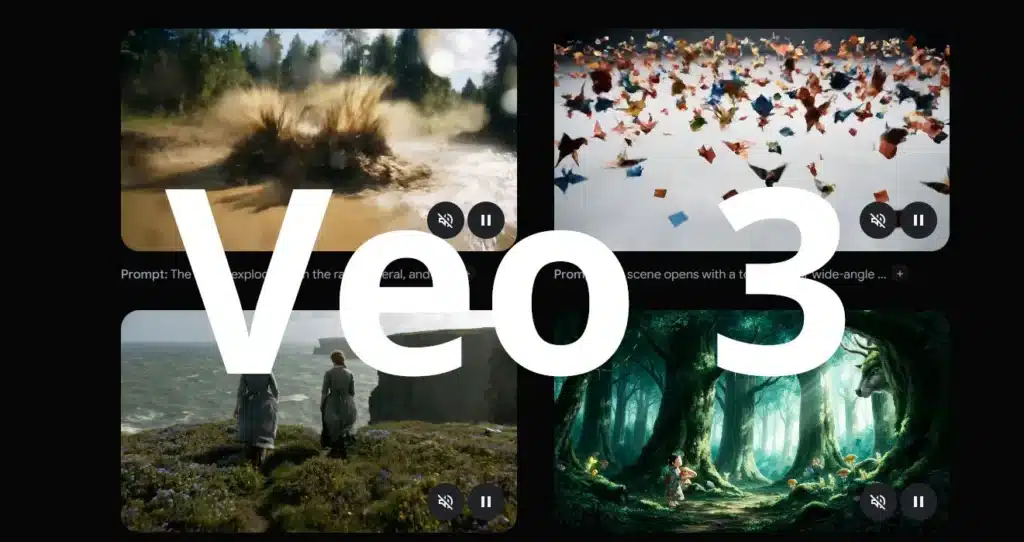
What is Midjourney V1 and how does it work?
Midjourney’s V1 Video Model, launched on June 18, 2025, diverges from pure text‑to‑video paradigms. Rather than true text‑to‑video, V1 takes existing Midjourney images and applies motion through an “automatic” setting—where the model infers a motion prompt—or a “manual” mode for user‑defined camera moves and scene evolution .
Designed primarily for creative exploration, V1’s workflow integrates directly into the Midjourney web app, letting users hit “Animate” on any image. It offers “high motion” and “low motion” presets, balancing visual dynamism with computational cost—a key concession given video requires roughly eight times the compute of a single image generation .
What customization options does Midjourney V1 offer?
- Automatic Animation: Generates a motion plan based on the input image’s features, ideal for quick explorations.
- Manual Animation: Accepts text prompts that specify movement type (e.g., “camera zooms out to reveal landscape”), enabling narrative-driven clips.
- Motion Settings: Users can toggle between low‑ and high‑motion outputs, balancing smoothness and visual dynamism.

Technical approach & creative philosophy
| Feature | Google Veo 3 | Midjourney Video V1 |
|---|---|---|
| Input | Text prompt → direct generation | Image → animated transformation |
| Max duration | 8 seconds | 21 seconds total (5s clip ×4 + extensions) |
| Resolution | 4K (Veo 2 era); likely 4K+ in Veo 3 | 480p @24 fps |
| Audio | Native audio, including music, SFX, voices | No audio support |
| Control | Prompt-driven, supports complex instructions & camera logic | Prompt-Controlled motion or automatic; low/high motion toggles |
| Style | Real‑world realism, cinematic polish | Surreal, painterly aesthetics; dreamy, abstract feel |
Creative philosophies
- Veo 3 targets realism and precision—ideal for marketing, ads, branded cinematics. Audio integration and text input give control to filmmakers and pros.
- Midjourney V1 leans into expression, surrealism, and community creativity. It’s less about photorealism, more about evoking mood, narrative potential, and artistic style .
Where do Veo 3 and Midjourney V1 diverge in Feature?
1. Input flexibility
- Veo 3 handles full text-to-video, allowing complex, scene-level instructions (e.g., camera angles, motions).
- Midjourney V1 works image-to-video only; static image must pre-exist. Though limited, this suits visual artists embedded in Midjourney’s workflow .
2. Duration & resolution
- Veo 3 supports 8s of HD/4K video; Midjourney caps out at 21s at 480p.
- Resolution differences are stark: Veo caters to pro visual deliverables; Midjourney stays within social/web-appropriate quality.
3. Audio support
- Veo 3 excels with synchronized audio—dialogue, SFX, ambient ambience, music—matching cinematic briefs.
- Midjourney V1 lacks audio; post-production needed to overlay sound.
4. Creative control & user experience
- Veo 3: Experts can refine prompts, tweak camera motion, adjust lip sync. But mastering film grammar may have a learning curve .
- V1: Familiar web interface. Creative users can animate existing imagery with minimal friction. Two simple motion presets mean fewer variables to tune.
5. Output style & coherence
- Veo 3 delivers cinematic realism with strong frame-to-frame continuity, thanks to advanced physical modeling .
- Midjourney V1 produces stylized, painterly motion—dreamscapes with consistent characters, occasional glitch in high motion.
Performance & cost
How is Midjourney V1 priced and distributed?
Midjourney has incorporated V1 into its existing subscription tiers on Discord and the web platform:
- Basic Plan (\$10/month): Limited V1 video generations in “Relax” mode.
- Pro Plan (\$60/month): Unlimited “Relax” mode generations; fast‑minute credits for video.
- Mega Plan (\$120/month): Highest priority processing and additional customization features.
What are the pricing and subscription details for Veo 3?
- Google AI Pro (\$20/month): Includes Veo 3 access capped at three eight‑second videos per day in the Gemini mobile and web apps.
- Google AI Ultra ($249.99 /month): or more advanced use, the Google AI Ultra Plan offers significantly more resources. At $249.99 per month, with a special introductory rate of $124.99 for the first three months, users receive 12,500 monthly credits, enabling the creation of up to 125 Veo 3 Quality videos or 625 Veo 3 Fast videos. This plan also unlocks the highest level of Veo 3 access across Google’s tools, including enhanced features within both Gemini and Flow.
- Flow App Inclusion: Pro members receive 100 monthly generations within Flow, Google’s dedicated filmmaking interface.
Enterprise customers can access Veo 3 via Vertex AI for large-scale deployments, with bespoke pricing based on volume and service-level requirements.
Rendering speed & resource use
- Veo 3 leverages Google’s powerful cloud infrastructure; typical clip rendering is ~45 secs .
- Midjourney V1: ~60 secs for a 5-second clip, proportional to image job multiple (~8× cost) .
Pricing models
| Tool | Entry Level | Tier Pricing | Notes |
|---|---|---|---|
| Midjourney V1 | $10/mo Basic | Pro $60; Mega $120 | Basic gives ~3.3 hrs equivalent of GPU; video uses ~8x credits; Pro/Mega offer “Relax Mode” for cheaper runs |
| Google Veo 3 | $19.99/mo Pro | AI Ultra ($249.99 /month) | May also use pay-per-use Vertex AI; limited credits may apply |
Cost‑to‑performance
- Midjourney touted as “~25× cheaper” than Veo 3 per output .
- Veo 3 remains enterprise-priced; premium for quality, control, and audio.
How do their technical architectures compare?
Both Veo 3 and Midjourney V1 employ transformer-based architectures optimized for sequence generation tasks. Veo 3’s design is tailored to joint video‑audio generation, integrating a dual-stream transformer that concurrently models visual frames and corresponding sound waves. In contrast, Midjourney V1 extends an image-focused transformer by adding temporal interpolation layers, which predict intermediate frames based on static image embeddings.
Veo 3 leverages large-scale pretraining on curated video‑audio datasets, emphasizing real-world physics and speech patterns. Midjourney V1, meanwhile, builds upon its V7 image model, reusing image encoding layers and supplementing them with motion synthesis modules trained on paired image‑video sequences.
How do they ensure temporal consistency and realism?
- Veo 3 employs a temporal consistency loss during training, penalizing abrupt frame transitions and ensuring smooth movement. Its audio‑visual synchronization module also enforces alignment between sound events and visual changes.
- Midjourney V1 uses keyframe interpolation and a motion prior learned from video corpora, interpolating frames to maintain coherent object trajectories. While effective for short loops, users sometimes report minor artifacts in high-motion settings.
Use-case fit & target users
Midjourney V1
- IdealFor: Visual artists, animators, content creators, storytellers.
- Use cases: Animated concept art, social shorts, mood reels, exploratory motion.
- Pros: Low entry barrier, strong community support, highly stylized outputs.
- Cons: Lacks realism, audio, detailed story structure, short duration.
Google Veo 3
- IdealFor: Filmmakers, marketing teams, enterprise storytellers.
- Use cases: Branded ads, product promos, campaigns with audio, cinematic content.
- Pros: 4K realism, audio sync, powerful text prompt control.
- Cons: Higher cost, learning curve, limited to 8s.
Independent testing & comparisons: AllAboutAI side-by-side test
- Visual: Midjourney rated 5/5, Hailuo 4/5, Veo 3 4/5.
- Motion realism: Midjourney and Veo tied.
- Prompt adherence: Veo 3 strongest.
- Accessibility: Hailuo best, Midjourney slower than Hailuo, Veo moderate.
- Verdict: Midjourney V1 winner for artistic quality; Veo 3 favored in enterprise precision.
Getting Started
CometAPI provides a unified REST interface that aggregates hundreds of AI models—including Gemini family—under a consistent endpoint, with built-in API-key management, usage quotas, and billing dashboards. Instead of juggling multiple vendor URLs and credentials.
Developers can access Veo 3 API and Midjourney Video API through CometAPI, the latest models listed are as of the article’s publication date. To begin, explore the model’s capabilities in the Playground and consult the API guide for detailed instructions. Before accessing, please make sure you have logged in to CometAPI and obtained the API key. CometAPI offer a price far lower than the official price to help you integrate.
In sum, Veo 3 and Midjourney V1 exemplify two distinct philosophies in AI video generation. Google’s Veo 3 delivers cinematic realism and built‑in audio, catering to professionals who need turnkey solutions. Midjourney’s V1 emphasizes artistic freedom, affordability, and rapid experimentation, appealing to creatives seeking to animate their visions in vivid, stylized form.The future will likely showcase both: one weaving reality’s narrative, the other sculpting the world of imagination.
if you’d like to dive deeper into prompting techniques, use cases, or pricing strategies,You can refer to
- Midjourney V1 video: Price and Compare to Competitors
- 3 Methods to Use Google Veo 3 in 2025
- How to Prompt Veo 3?
FAQs
Q1: How can I optimize my text prompts to get the best results from Veo 3?
Experiment with multi‑sentence descriptions to guide both visual and audio elements. Include explicit directions for scene composition (e.g., “camera pans from left to right”) and specify sound cues (e.g., “soft piano music fades in”).
Q2: What are the minimum hardware requirements if I want to deploy AI video generation on-premises?
On‑premises deployments typically require GPUs equivalent to NVIDIA A100 or H100, at least 64 GB VRAM, and high‑speed NVMe storage to handle large model checkpoints and fast data throughput.
Q3:Where and how can users access Veo 3?
Veo 3 is available globally through the Gemini AI app under Google’s AI Pro and Ultra subscription tiers. Pro subscribers receive up to three video generations per day, while the Ultra plan offers extended access. Additionally, users can leverage Veo 3 within Google’s Flow filmmaking toolkit—offering up to 100 generations per month for Pro members—and via third-party integrations such as Canva’s “Create a Video Clip” feature.
Google has also signaled forthcoming integration with YouTube Shorts, enabling creators to embed AI-generated clips directly into short-form content platforms later this year.

